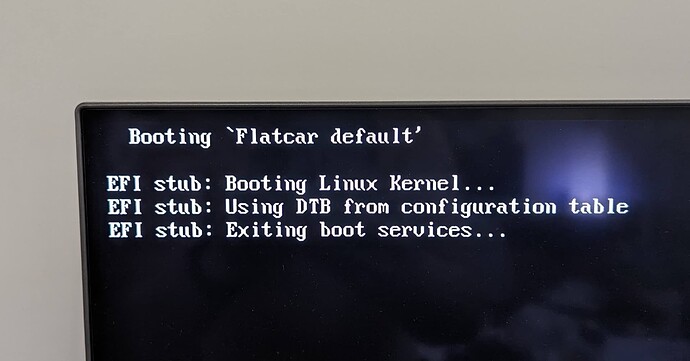The images are located on our distro server. If you encounter any problems, please review the general troubleshoot guide and reply to the post with your issue related to this image.
- Use the image with a suffix that matches your board! eg. +aml-s905x-cc.img.xz
- Decompress/extract the xz compressed image file ending in .img.xz with 7-zip.
- Write to a MicroSD card with a bit-accurate flashing tool or Raspberry Pi Imager for lite/headless!
- 64-bit or 32-bit kernel with 32-bit userspace. Unlike the Raspbian 11 images where 64-bit boards use 64-bit userspace, Raspbian 10 images are always have 32-bit userspace.
- Wireless devices are supported as long as they are upstream. See here for Realtek devices that are not supported upstream.
- eMMC 5.x enhances performance greatly because MicroSD cards can be slow. We recommend SanDisk Extreme and Samsung Pro MicroSD cards.
- ALL-H3-CC (Tritium H3/H5) boards must use eMMC 4.x modules!
- Flashing eMMC instructions
We will be continuously releasing images to address the issues discovered.
Headless Lite Setup
The default username and password for Raspbian buster images is pi and raspberry.
You can use Raspberry Pi Imager to perform this setup through the GUI on first boot or you can pre-configure the image by adding files in the first partition (/boot/efi):
- To enable SSH by default, create a blank file called
sshwith no file extension. - To setup wireless by default, create a file called
wpa_supplicant.confwith the content below and replace the appropriate connection parametersCOUNTRY_ISO_CODE,NETWORK_SSID, andNETWORK_PASSWORD
country=COUNTRY_ISO_CODE
ctrl_interface=DIR=/var/run/wpa_supplicant GROUP=netdev
update_config=1
network={
ssid="NETWORK_SSID"
scan_ssid=1
psk="NETWORK_PASSWORD"
key_mgmt=WPA-PSK
}
Changes from stock Raspbian for Raspberry Pi
- Smaller image size for faster flashing (~40% smaller/faster)
- Transparent disk resize to MicroSD card size without reboot
- Checksummed disk data and metadata (reduces invisible MicroSD card errors/failures)
- Copy-on-write and zstd compressed filesystem (reduces write-amplification and improves MicroSD card life)
- GRUB bootloader
- Latest Linux kernels with continuous updates
- Desktop OpenGL ES 2.0 acceleration out of the box
What is different?
- config.txt does not affect anything so dtoverlay entries do not work!
- cmdline.txt does not change kernel parameters! You need to follow normal Linux distro instructions and update /etc/default/grub
- GPIO numbers need to be translated using the wiring tool
- software that utilize Raspberry Pi specific hardware features will not work!
